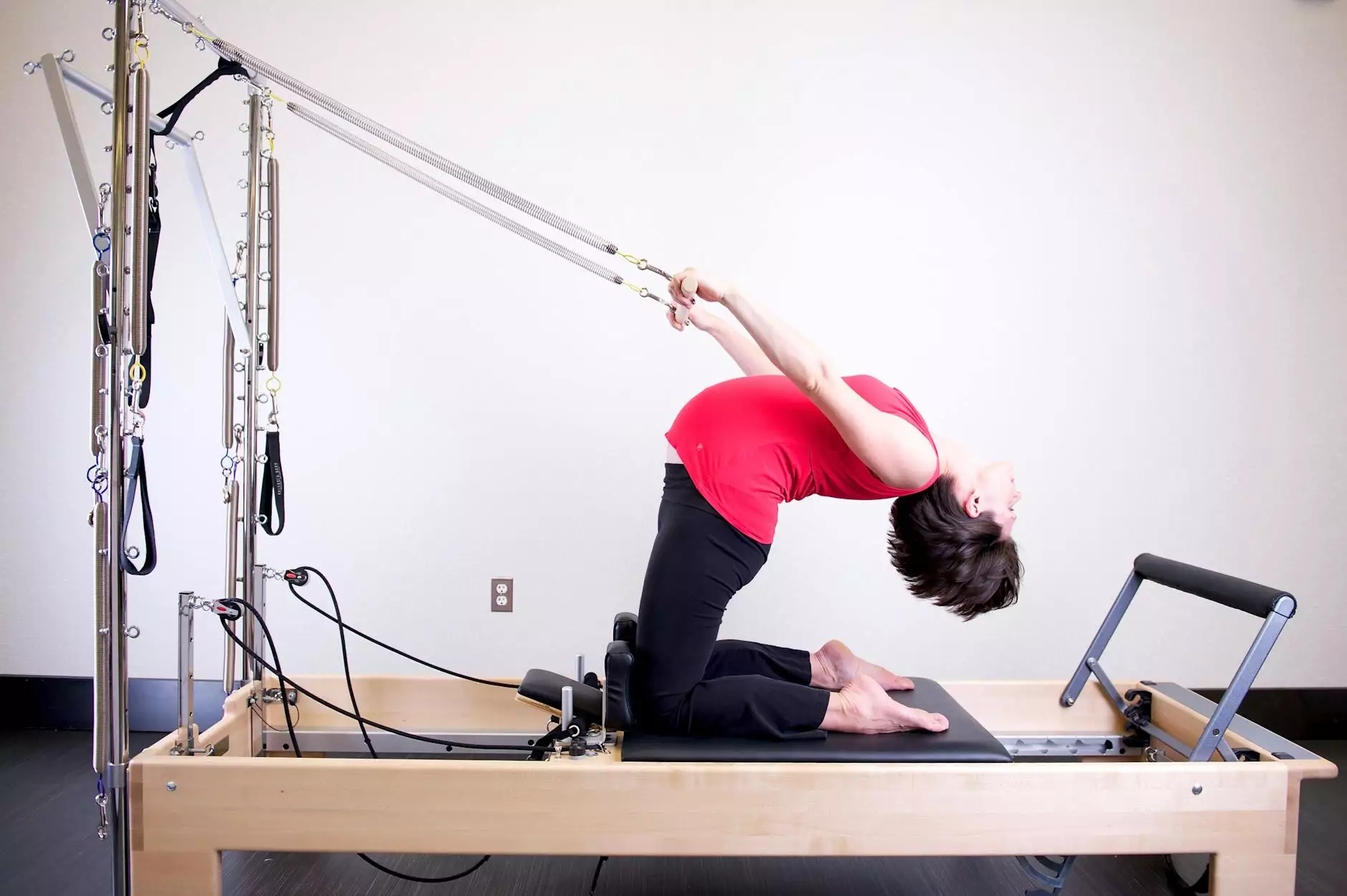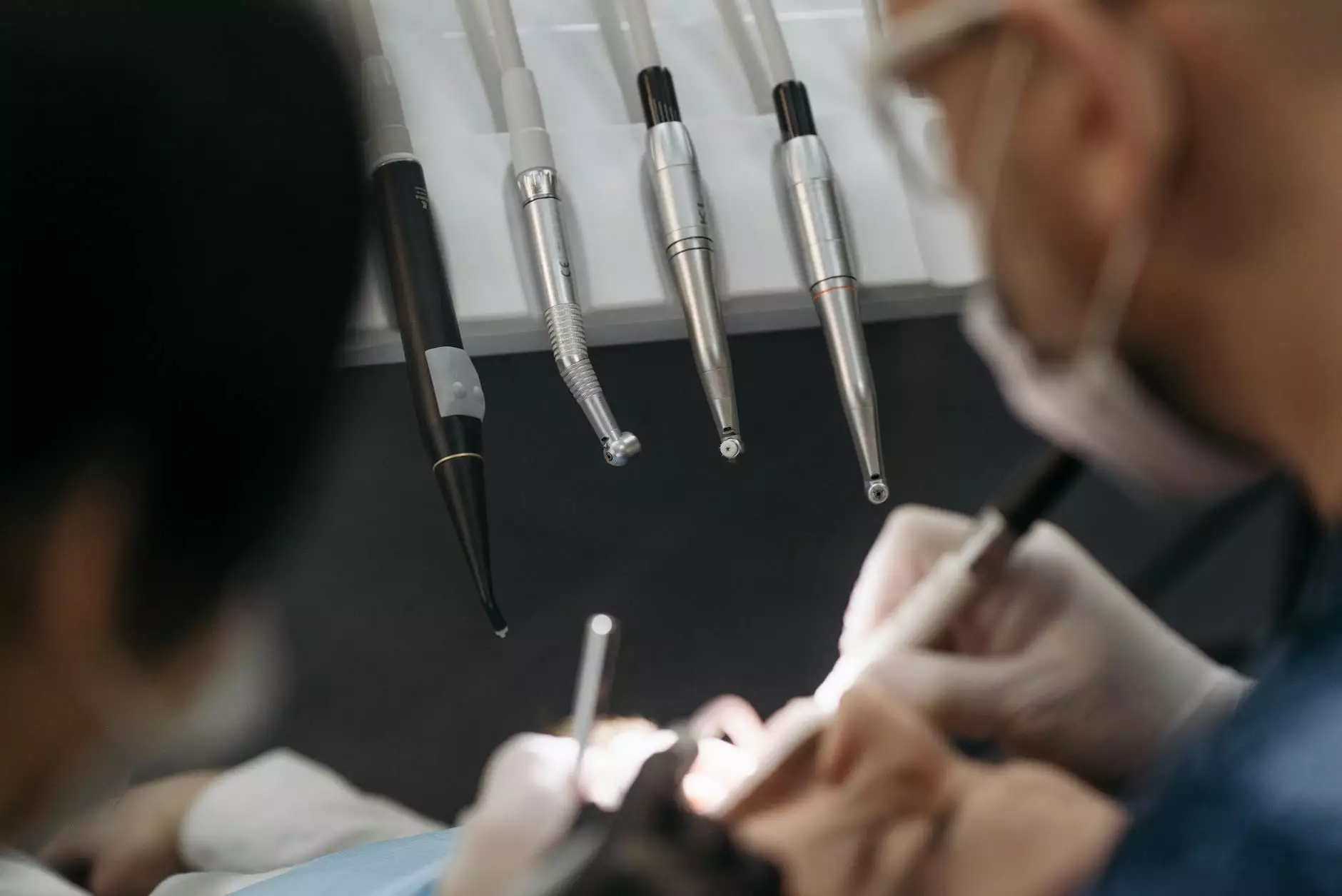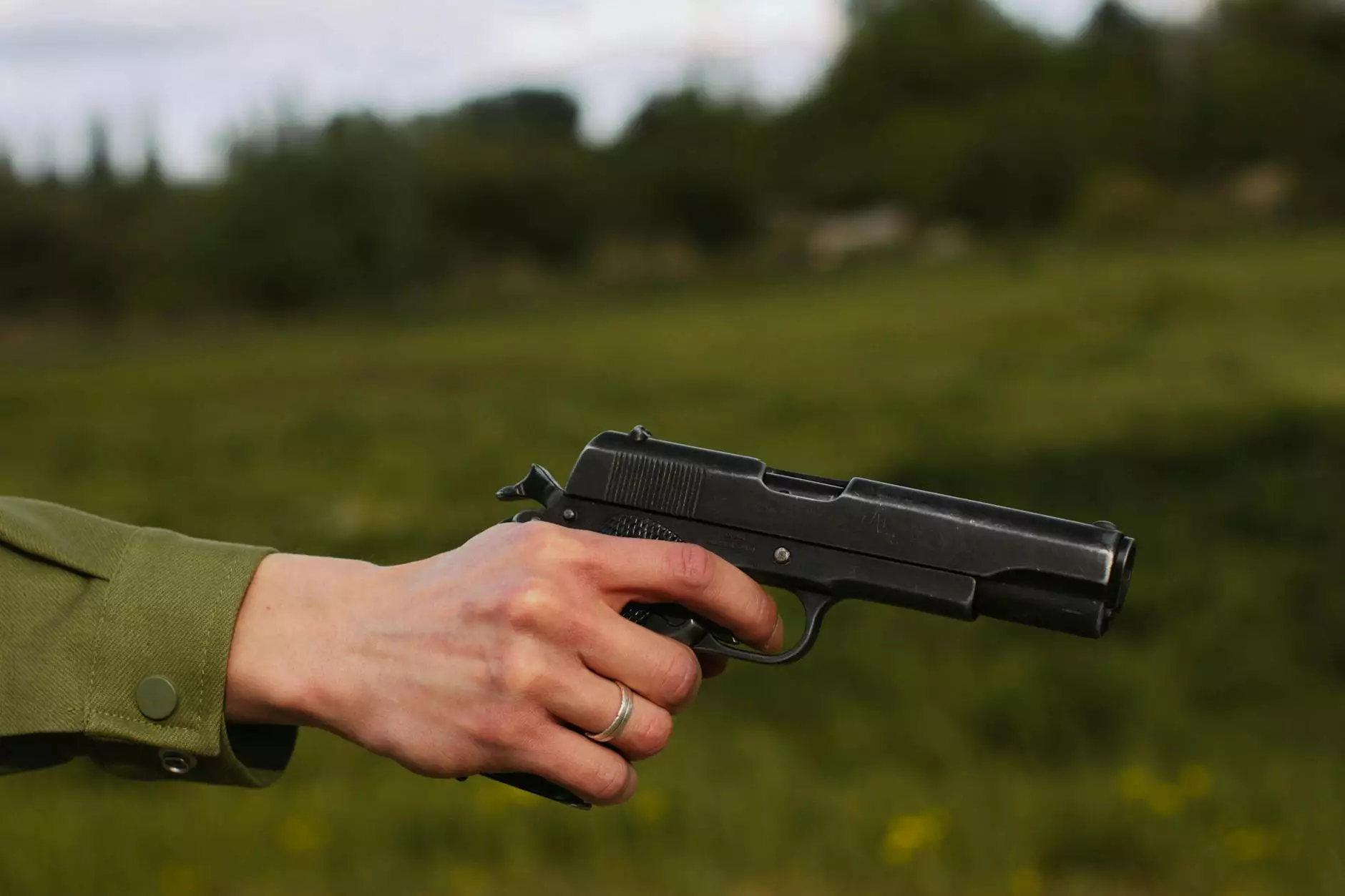Mastering External Rotation at 90 Degrees Abduction: A Comprehensive Guide for Health, Medical, and Chiropractic Professionals

The external rotation at 90 degrees abduction is a fundamental movement in shoulder mobility, vital for diagnosing, rehabilitating, and enhancing shoulder function. As a critical aspect of musculoskeletal health, understanding this movement in depth is essential for healthcare professionals, chiropractors, sports therapists, and anyone involved in physical therapy or medical practice. This extensive guide aims to provide a detailed overview of the biomechanics, clinical relevance, rehabilitation techniques, and best practices associated with external rotation at 90 degrees abduction.
Understanding the Shoulder Joint and Its Movements
The shoulder joint, or glenohumeral joint, is a highly mobile ball-and-socket joint. Its remarkable range of motion is facilitated by a complex interplay of bones, muscles, ligaments, and tendons. Among the several movements this joint permits, external rotation at 90 degrees abduction is particularly significant because it involves a combination of shoulder elevation and lateral rotation, critical for a broad spectrum of daily activities and athletic performance.
The Anatomy Behind External Rotation at 90 Degrees Abduction
An effective comprehension of this movement requires understanding the anatomy involved. Key muscles governing external rotation include:
- Infraspinatus: Primary external rotator, stabilizes the humeral head during movement.
- Teres Minor: Assists in rotation and stabilization.
- Posterior Deltoid: Facilitates shoulder extension and external rotation in certain positions.
Supporting structures such as the acromion process, the glenoid cavity, and surrounding ligaments (coracoacromial, coracohumeral) also play roles in guiding and stabilizing this movement.
Biomechanics of External Rotation at 90 Degrees Abduction
When the arm is abducted to 90 degrees, the shoulder joint's biomechanics shift to optimize the range of external rotation. At this angle, the infraspinatus and teres minor muscles exert significant force to rotate the humeral head externally within the glenoid cavity, overcoming resistance from internal rotators like subscapularis and pectoralis major. This complex dance of muscle contractions ensures smooth and controlled rotation, essential for activities such as throwing, reaching, and various athletic maneuvers.
Clinical Significance and Diagnostic Relevance
The external rotation at 90 degrees abduction measurement is a crucial diagnostic tool in clinical settings. It helps diagnose shoulder impingement, rotator cuff injuries, and capsular tightness. Reduced external rotation can indicate pathologies such as shoulder impingement syndrome, rotator cuff tears, or adhesive capsulitis (frozen shoulder). Accurate assessment of this movement aids in tailoring effective therapeutic interventions, preventing further injury, and restoring full shoulder function.
Techniques for Assessing External Rotation at 90 Degrees Abduction
Proper assessment involves:
- Positioning the patient supine or standing with the shoulder abducted to 90 degrees, often supported with pillows or cushions.
- Stabilizing the scapula to prevent compensatory movements.
- Passively or actively rotating the arm externally while measuring the degree of rotation with a goniometer or inclinometer.
- Documenting the range and comparing it with contralateral or normative data, typically 70-90 degrees in healthy individuals.
Rehabilitation and Strengthening Strategies
Restoring optimal external rotation at 90 degrees abduction involves targeted physical therapy protocols. These are often customized based on the individual's injury status, age, and activity level. Common strategies include:
1. Stretching Exercises
- Posterior capsule stretches: To alleviate tightness limiting external rotation.
- Cross-body stretches: To improve overall shoulder flexibility.
2. Strengthening Exercises
- Isometric external rotation: Performed at the side or in abduction to enhance rotator cuff stability.
- Progressive resistance training: Using light weights or resistance bands focusing on external rotator muscles.
3. Neuromuscular Control and Proprioception
- Scapular stabilization exercises: To ensure proper shoulder mechanics during movement.
- Closed-chain exercises: To improve kinetic chain control and joint stability.
Innovative Approaches and Emerging Technologies
Advances in technology have introduced virtual reality, biofeedback, and robotic-assisted therapy, enhancing rehabilitation success rates. For example, real-time feedback devices can ensure precise external rotation at 90 degrees abduction, facilitating more accurate training and faster recovery.
Prevention and Maintenance of Shoulder Mobility
Proactive strategies are essential for athletes and individuals with physically demanding routines. These include:
- Regular stretching and mobility drills focused on the shoulder complex.
- Maintaining proper posture and ergonomics during daily activities.
- Strengthening rotator cuff muscles to prevent overuse injuries.
- Periodic assessments to detect early signs of limitation or discomfort.
The Role of Chiropractors in Optimizing External Rotation
Chiropractors, especially those specializing in musculoskeletal health, play a pivotal role in diagnosing restrictions in external rotation at 90 degrees abduction and implementing non-invasive therapies. Techniques such as joint adjustments, soft tissue mobilization, and passive range-of-motion exercises can restore optimal movement patterns, alleviate pain, and improve functional outcomes.
Integrating Multidisciplinary Approaches for Superior Outcomes
Optimal recovery often requires collaboration between medical doctors, chiropractors, physical therapists, and sports scientists. Combining diagnostic insights with tailored therapy programs ensures comprehensive care, addressing issues at the muscular, neural, and joint levels.
Conclusion: Empowering Health & Improving Lives Through Better Shoulder Function
Understanding the intricacies of external rotation at 90 degrees abduction is essential for healthcare professionals aiming to enhance patient outcomes and facilitate early return to activity. Ongoing research continues to shed light on innovative methods to improve range of motion, prevent injuries, and promote long-term shoulder health. Whether in clinical practice, sports performance, or general wellness, mastery of this movement supports a better quality of life and utmost functional efficiency.
About iaom-us.com: Your Partner in Health, Education, and Chiropractic Excellence
At iaom-us.com, we are committed to advancing the fields of Health & Medical, Education, and Chiropractors. Our mission includes providing cutting-edge knowledge, innovative techniques, and specialized resources focusing on key topics like external rotation at 90 degrees abduction. We strive to empower professionals and individuals alike with comprehensive insights and practical tools to optimize health and well-being.
From detailed anatomical studies to practical rehabilitation strategies, our platform is dedicated to supporting excellence in healthcare, education, and chiropractic practice. Embrace the future of musculoskeletal health with us and elevate your expertise and patient care to new levels.





